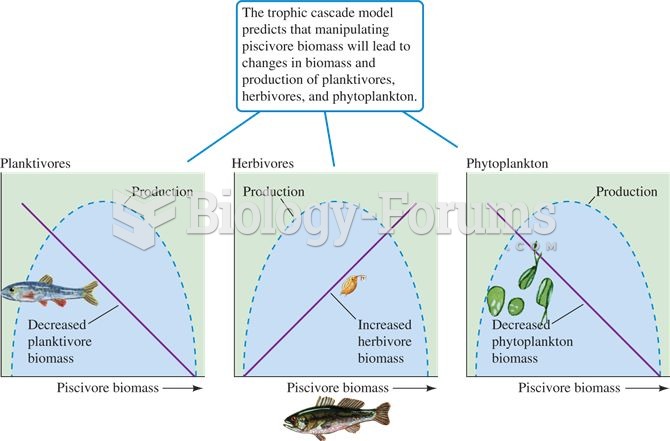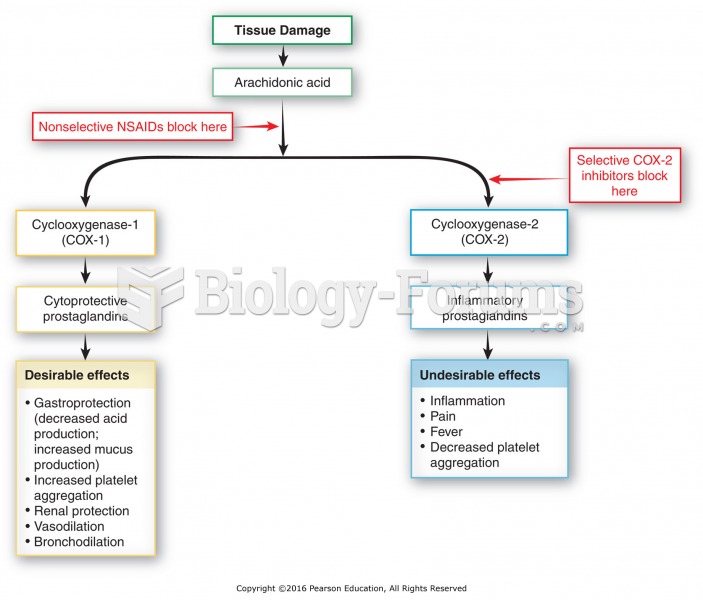Answer to Question 1Some dissolved organic substances act as nutrients or fertilizers that speed the growth of
marine autotrophs, causing eutrophication. Eutrophication is a set of physical, chemical, and
biological changes that take place when excessive nutrients are released into the water. Too
much fertility can be as destructive as too little. Eutrophication stimulates the growth of some
species to the detriment of others, destroying the natural biological balance of an ocean area.
The extra nutrients come from wastewater treatment plants, factory effluent, accelerated soil
erosion, or fertilizers spread on land. They usually enter the ocean from river runoff and are
particularly prevalent in estuaries. Eutrophication occurs at the mouths of almost all the
worlds rivers.The most visible manifestations of eutrophication are the red tides, yellow
foams, and thick green slimes of vigorous plankton blooms. These blooms typically consist
of one dominant phytoplanktonic species that grows explosively and overwhelms other
organisms. Huge numbers of algal cells can choke the gills of some animals, and (at night,
when sunlight is unavailable for photosynthetic oxygen production) deplete the free oxygen
content of surface water, a condition known as hypoxia. In nearshore waters, hypoxia is now
thought to cause more mass fish deaths than any other single agent, including oil spills. It is
the leading threat to commercial shellfisheries.
Answer to Question 2The methods used to contain and clean up an oil spill sometimes cause more damage than the oil itself. Detergents used to disperse oil are especially harmful to living things. Cleanup of
the 1969 Torrey Canyon accident off the southern coast of England, one of the first large
tanker accidents, did much more environmental damage than the 100,000 metric tons of
crude oil released. Some resort beaches in the south of England were closed for two seasons,
not because of oil residue but because of the stench of decaying marine life killed by the
chemicals used to make the shore look clean. Even the more sophisticated compounds and
methods that were used in dealing with the 2010 Gulf of Mexico oil spill seem to have done
more harm. About 8 of the oil was dispersed by chemicals injected at the wellhead or
sprayed on the ocean surface. The dispersants were toxic to the very organisms that would
metabolize the oil naturally. When mixed with the dispersant, oil that would normally float
was able to linger far below the surface and affect fishes and bottom-dwelling organisms.







